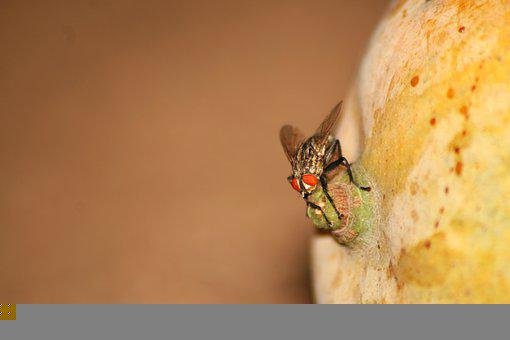Lots of Flies In House Suddenly | Reason Behind This Mystery
So you have been living a normal, usual, pest-free life in your humble abode but soon notice the activities of lots of flies in house suddenly.
This article is set to detail you on:
- What these flies are
- Useful ways to get rid of them
We do believe that you are eager to know what these pests are and go back to a pest-free life? Then read this info-based article and have these flies become a thing of the past.
Read more: Do Mosquitoes Die After They Bite You? | Truth Exposed
What Is The Identification of These Lots of Flies In House Suddenly?

Have you started noticing the activities of lots of flies in house suddenly and do not know
- What this means
- What these flies are
- How to get rid of these flies
Well worry no more as we have provided in this article all of these facts and more just for you to feel a bit of relief in your home flies-free.
These lots of flies that have just appeared out of the blues in your house are no other than the cluster flies.
Cluster flies have the ability to crawl through small gaps in a structure’s walls. During the winter, these flies penetrate homes in search of overwintering locations.
Cluster flies are dark grey in appearance, 8 to 10 mm long, and have a thorax covered in golden or yellowish hairs. A typical cluster fly’s abdomen has a black and silver checkered pattern.
Cluster flies, despite their resemblance to house flies, are larger and darker in appearance, lacking the dark stripes on the thorax of house flies and the metallic colored sparkling bodies of bottle flies.
Cluster flies enjoy warm environments, therefore they’re common around houses on bright days in the winter and late fall.
In late summer or early fall, a female cluster fly lays her eggs in the soil, beginning the life cycle. The larvae of these eggs hatch after a few days and seek to enter the body cavities of earthworms.
Adults have a height of 8 to 10 millimeters. Abdomen with light and dark gray checks. When an adult cluster fly is at repose, its thorax is coated in short, golden hairs, and its wings overlap.
Cluster flies are slightly bigger and darker than houseflies, and they move more slowly.
After the winter, they emerge to mate, and the females deposit eggs in the soil in the spring. In around three days, the eggs hatch into larvae.
The larvae seek out an earthworm shortly after hatching and bore into it. The earthworm will be used as food by the cluster fly larva until it has completed its development, which can take 2 to 3 weeks before it pupates.
In 11 to 14 days, cluster fly pupae mature into fully-fledged adults. The full life cycle of a cluster fly takes from 25 to 39 days.
Read more: Where Do Flies Come From?
How Do I Get Rid of Lots of Flies In House Suddenly?
The pests enter homes through electrical outlets or baseboards and hibernate in attics and walls until spring arrives.
They’re looking for warmth to get through the frigid winter months. These are typically outdoor insects that lay eggs in the soil and develop into earthworm-eating larvae.
Simply to survive the winter, they enter homes and other warm facilities as the fall turns cold.
The wall voids may become warm on sunny winter days, causing cluster flies to want to travel toward the light. Despite the fact that cluster flies have been seen buzzing and congregating around windows, screens may be ineffectual in keeping them out.
Cluster flies seek shelter from the cold by entering attics and other similar regions indoors. They emerge on hot days and congregate at windows, hoping to escape (hence the name).
If these bugs die inside the wall voids, their droppings can discolor walls or windows and attract additional insects. Flies cluster in large numbers on windows and inside ceiling light fixtures, causing annoyance to residents.
| S/N |
How To Get Rid Of Lots Of Flies (Cluster Flies) In House Suddenly |
|
| 1. | Vacuum up any cluster flies you see | Although insecticides can kill flies that have taken up residence inside walls, it is recommended to avoid using them since huge numbers of dead or dying flies might attract secondary pests like beetles and rats.
Because flies are slow, swatting or vacuuming any that find their way inside is usually simple. Unfortunately, as soon as you get rid of them, more will appear, resulting in a never-ending cycle of swatting, vacuuming, and frustration. |
| 2. | Seal cracks and crevices in outer walls | Flies that have entered walls through outside cracks and crevices cannot become an indoor nuisance unless there are also openings on the inner walls.
Flies can enter indoor areas through even the tiniest crevices around window and door frames, as well as along baseboards. Continue to eliminate all cracks and gaps in the home’s interior wall surfaces by caulking or otherwise filling them, including:
|
| 3. | Use insect light traps to capture them. | (Self Explanatory) |
Read more: Small Flies In House All Of A Sudden
Conclusion
To further get rid of these disturbing pests you can contact pest control agencies who will be pleased to render your house pest-free.
Do well to drop your questions and queries below in the comments section and share this with your friends as well. Do have a pest-free day!

